The foundation of infinite meals, from a brief breakfast to a complex recipe, regularly begins with a seemingly simple assignment: dealing with eggs effectively. For the ones new to the kitchen, gaining knowledge of the proper approach can sense like a ceremony of passage, unlocking a whole new international of culinary possibilities. Cracking an egg might seem easy, however getting it just proper without any shell mishaps or damaged yolks is an artwork in itself. In this complete guide, you’ll learn exactly a way to expectantly and cleanly crack an egg into a frying pan, putting you up for success in all your egg-cooking endeavors.
Introduction to the Joy of Cracking an Egg into a Frying Pan
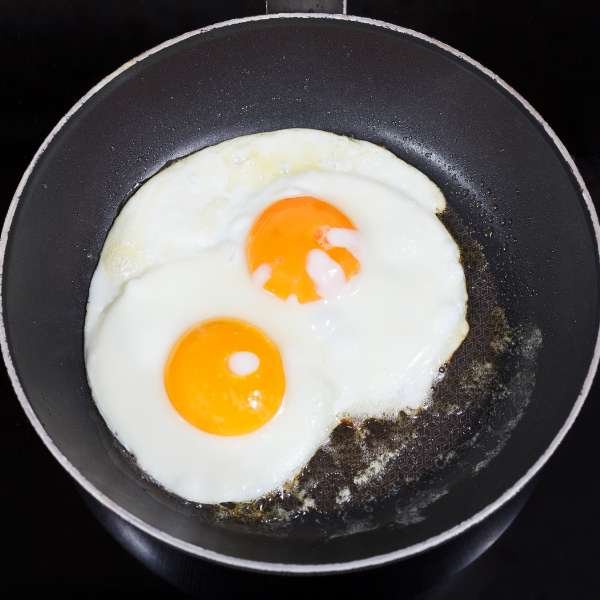
There’s a peculiar joy in the small things. The sound of the egg gently cracking open, the sight of its rich yolk spreading across the pan, and the aroma that fills the kitchen—it’s a sensory experience that engages every sense. For the uninitiated, especially gardeners accustomed to the patient growth of plants, this kitchen task can feel spontaneous, instant, and wholly satisfying. The joy lies not just in the act, but in the possibilities that unfold after.
Why Learning to Crack an Egg is a Must for Beginners in the Kitchen
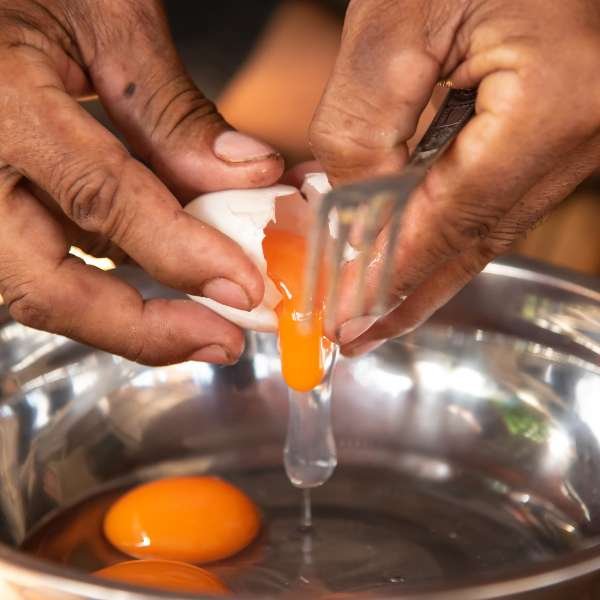
Cracking an egg isn’t just a skill; it’s an initiation into the culinary world. Eggs are the cornerstone of so many dishes, and mastering the crack unlocks endless possibilities. From a quick, protein-rich breakfast to the foundation of more elaborate recipes, knowing how to crack an egg into a frying pan is a gateway to building confidence in the kitchen. Think of it as the gardener’s first successful plant—once you’ve got it, a whole world of growth opens up.
Choosing the Right Frying Pan for the Perfect Egg
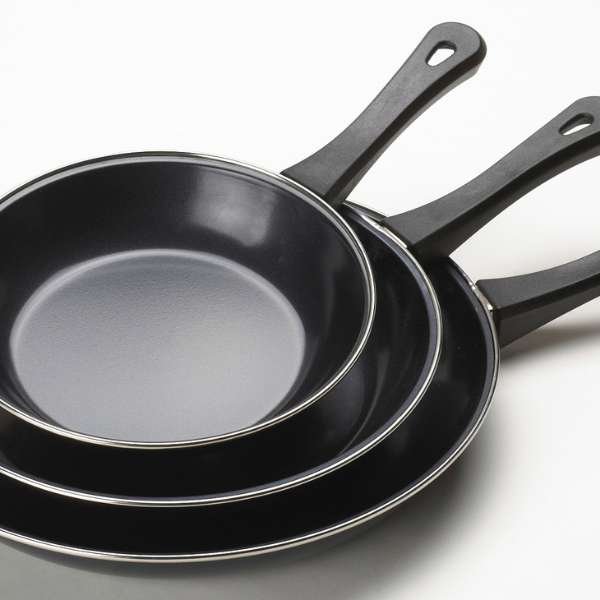
Choosing the right frying pan is essential for achieving the perfect fried egg in a stainless steel pan. Not all stainless steel pans are created equal, so selecting one with a thick, heavy bottom is crucial. A pan with this feature ensures even heat distribution, preventing hot spots that can cause your eggs to cook unevenly or stick. Look for pans with at least a tri-ply or multi-clad construction, as these layers provide better heat control and retention. The size of the pan also matters—a smaller pan can help contain the egg and maintain its shape, while a larger one is ideal for cooking multiple eggs at once. By investing in a high-quality stainless steel frying pan, you’ll make frying eggs a breeze and enjoy a perfectly cooked result every time.
The Importance of Fresh Ingredients: Picking the Best Eggs
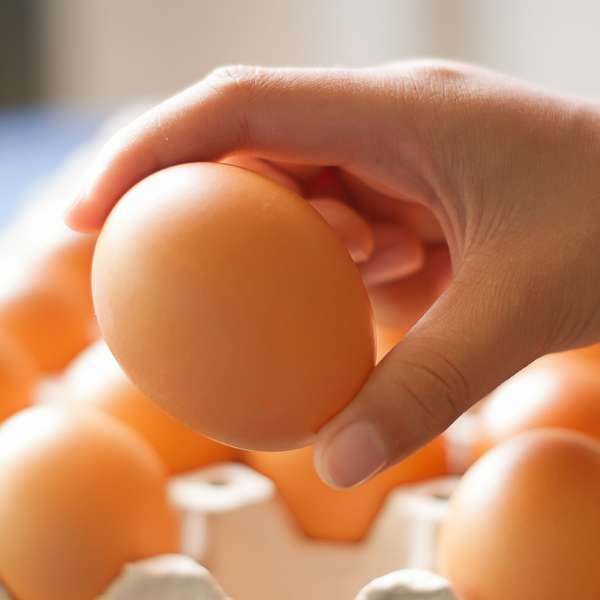
Just as a gardener knows the value of fresh produce, a cook must know the worth of fresh ingredients. Fresh eggs make all the difference when cracking into a frying pan—the whites are firmer, the yolk more vibrant. To ensure you’re working with the best, try a quick freshness test: place the egg in water. If it sinks, it’s fresh. If it floats, it’s seen better days. And much like selecting seeds, choosing organic or free-range eggs will yield richer, more flavorful results.
Understanding Egg Anatomy: Shell, White, and Yolk
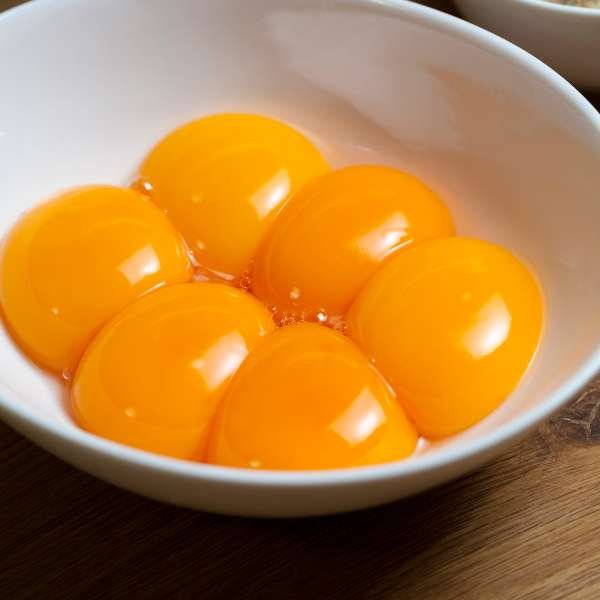
Every part of the egg plays its role. The delicate shell serves as nature’s packaging, the white (or albumen) offers structure, and the yolk is the rich, golden prize. A well-executed crack keeps these elements intact, ensuring no mess and a picture-perfect egg. Understanding what lies beneath the shell is like knowing what’s happening under the soil—each part serves its purpose.
The Secret to Room Temperature Eggs: Why It Matters
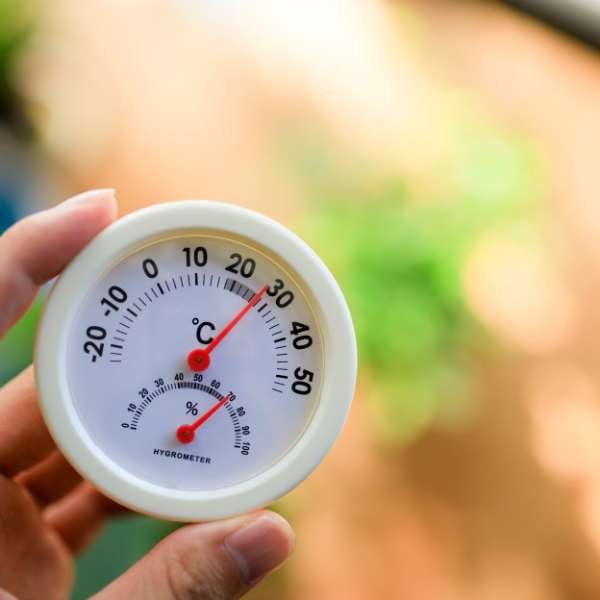
Few things throw off your cooking more than a cold egg straight from the fridge. Cold eggs cause the whites to spread too thinly in the pan, cooking unevenly. Instead, let your eggs come to room temperature before you cook. This subtle shift makes all the difference, much like planting at the right time for the best harvest. Room temperature eggs yield a soft, uniform cook, perfect for that sunny-side-up beauty.
How to Prepare Your Frying Pan: Heat, Oil, and Non-Stick Tips
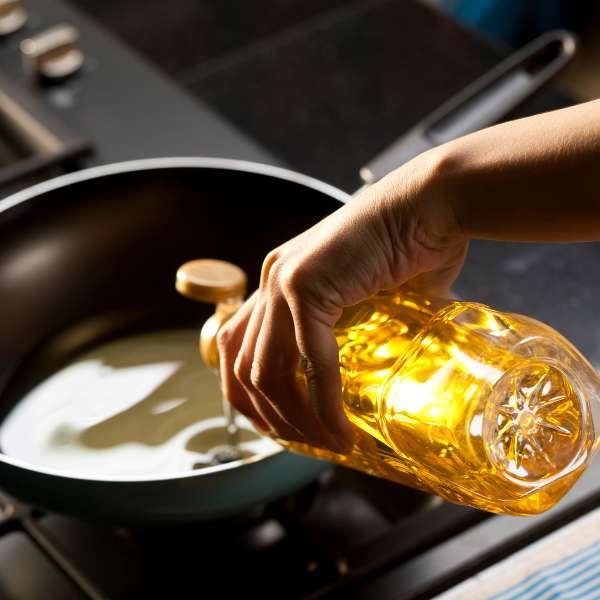
Your frying pan is your canvas, and how you prepare it will set the stage for the perfect egg. Begin by heating your pan to medium—if the heat is too high, you’ll burn the edges; too low, and the egg cooks slowly, becoming rubbery. A thin layer of oil or butter provides a non-stick surface and adds flavor. Much like prepping your garden soil, preparing your pan properly ensures a smooth start.
Understanding Cooking Oils: Which One is Best for Frying Eggs?
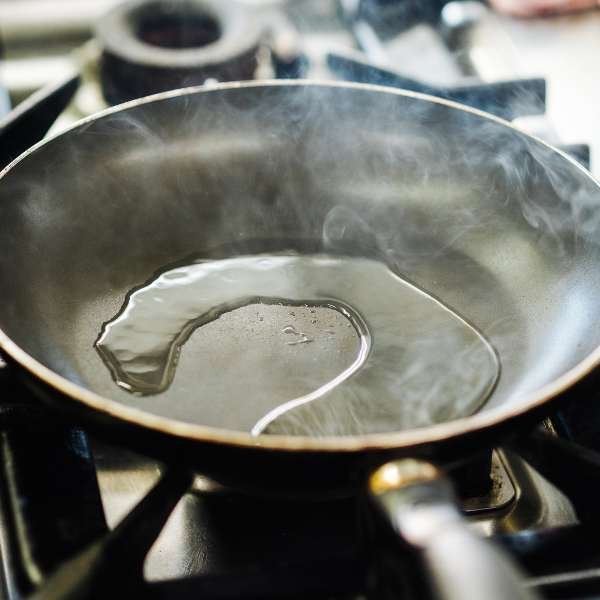
Cooking oils play a crucial role in the final taste and texture of your egg. Olive oil brings a hint of richness, butter adds a creamy depth, and vegetable oil keeps it neutral, allowing the egg’s natural flavor to shine. Think of oil as the fertilizer for your egg—it helps nourish and protect during cooking, allowing it to reach its full potential.
Setting the Heat: Low, Medium, or High?
Heat management is everything. High heat may cook your egg too fast, leaving the edges crisp but the yolk raw. Low heat might leave you waiting far too long. Medium heat, however, strikes the perfect balance, cooking the white fully while keeping the yolk soft and runny. It’s like choosing the perfect spot in your garden—too much sun scorches, too little stunts growth, but the sweet middle ground fosters success.
How to Hold an Egg Properly Before Cracking
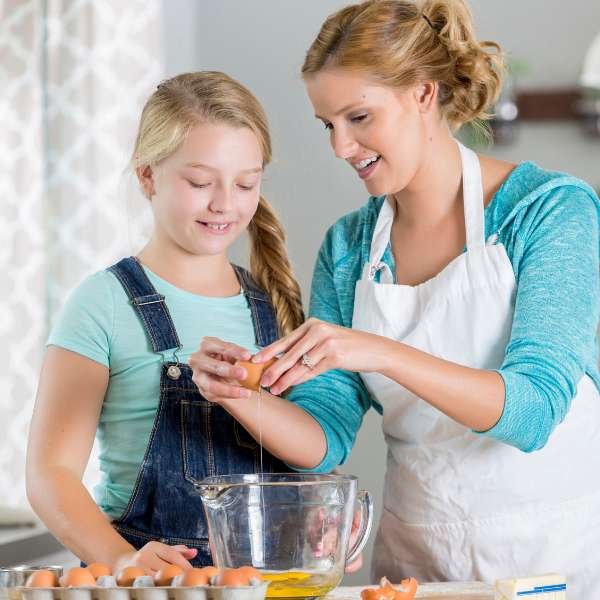
An egg is a fragile thing, and how you hold it matters. Cradle it in your dominant hand, applying gentle pressure. Grip it around the center—this is where the shell is strongest. Like holding a delicate flower bud, a gentle yet firm grip ensures control and precision as you prepare to crack.
Mastering the One-Handed Crack: Step-by-Step Instructions
The one-handed crack is a culinary art form, and while it may seem daunting, it’s highly efficient once mastered. Lightly tap the egg on a flat surface to create a fracture. With your thumb and forefinger on either side of the crack, pry the shell apart with a swift motion, letting the egg drop cleanly into the pan. This move is like plucking a ripe fruit from a tree—the result is quick, clean, and satisfying.
The Two-Handed Crack Technique: For Beginners Who Want Precision
For those still finding their footing, the two-handed crack is the safer bet. Tap the egg on a flat surface or the edge of the pan, then use both hands to pull the shell apart. This method offers more control, reducing the chance of shell fragments falling into the pan. Think of it as a slower, steadier approach—like planting a seed with care rather than scattering it hastily.
Cracking on the Edge of the Pan vs. Using a Flat Surface: Which is Better?
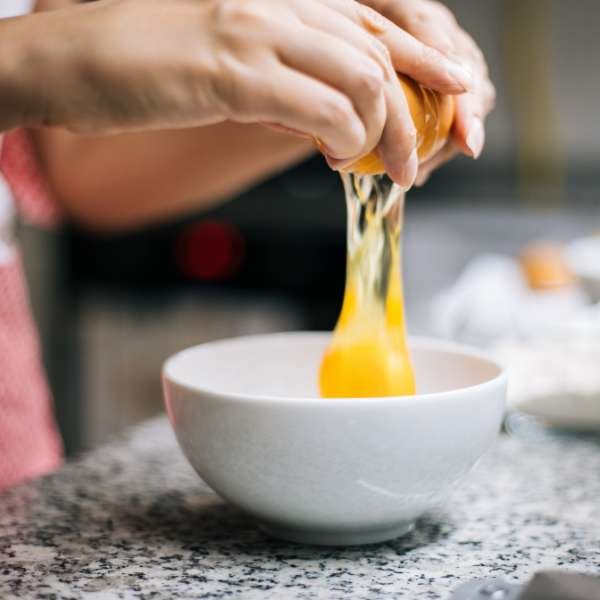
Many people instinctively crack their eggs on the pan’s edge, but this can often lead to jagged shell pieces sneaking into your food. A flat surface, like your countertop, gives you more control and reduces the risk of shell fragments. The choice between the two is like choosing to plant in rows versus scattering seeds—both work, but one offers more precision.
Dealing with Eggshells: How to Remove Them Easily
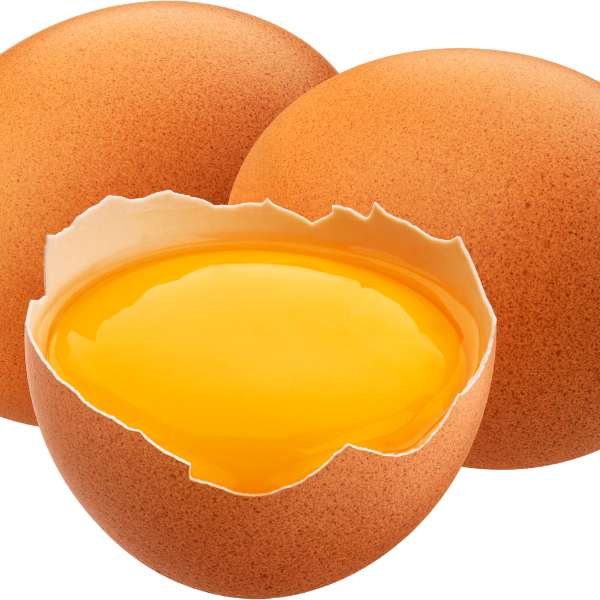
Even the best of us drop bits of shell into the pan occasionally. Here’s a trick: use one of the shell halves to scoop out the stray fragments. The shell works like a magnet, making it far easier to retrieve than using a spoon or your fingers. It’s one of those small kitchen hacks, like using a fork to thinly rake seeds into the soil—simple yet effective.
What to Do if You Break the Yolk: Salvaging Your Egg
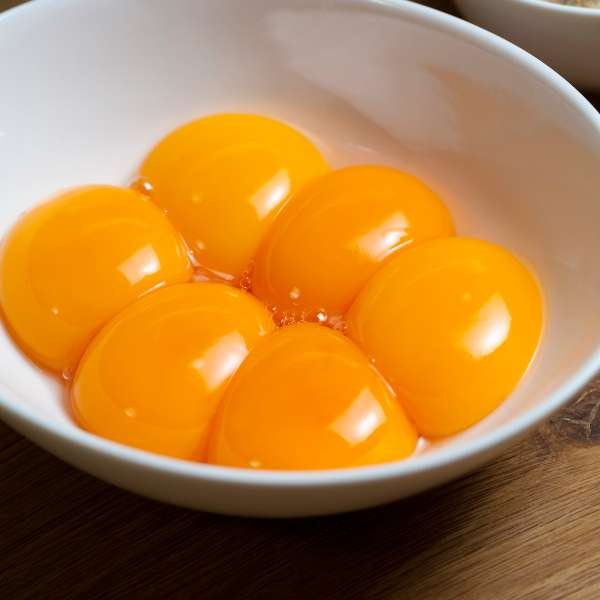
Breaking the yolk might seem like a disaster, but don’t despair—there’s always a silver lining. If you’re after that perfect sunny-side-up, simply let the egg cook as-is and enjoy it scrambled instead. Or, you can swirl the yolk into the whites and create a cohesive mixture. In cooking, as in gardening, sometimes unexpected results yield the best outcomes.
How to Cook the Perfect Fried Egg: Timing and Technique
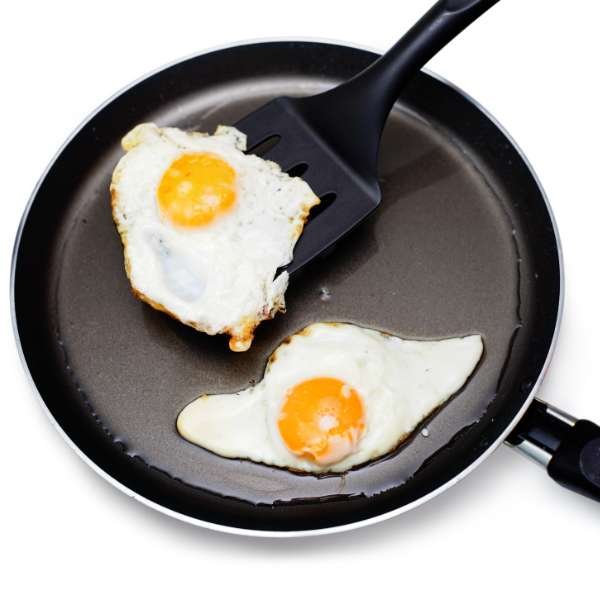
A perfectly fried egg is a matter of timing. For a sunny-side-up egg, cook for 2-3 minutes on medium heat until the whites are set but the yolk remains soft. For over-easy, flip the egg after about two minutes and cook for an additional 30 seconds. Cooking, much like gardening, demands attention to detail—don’t rush it.
Scrambled, Sunny-Side Up, or Over-Easy: The Different Types of Fried Eggs
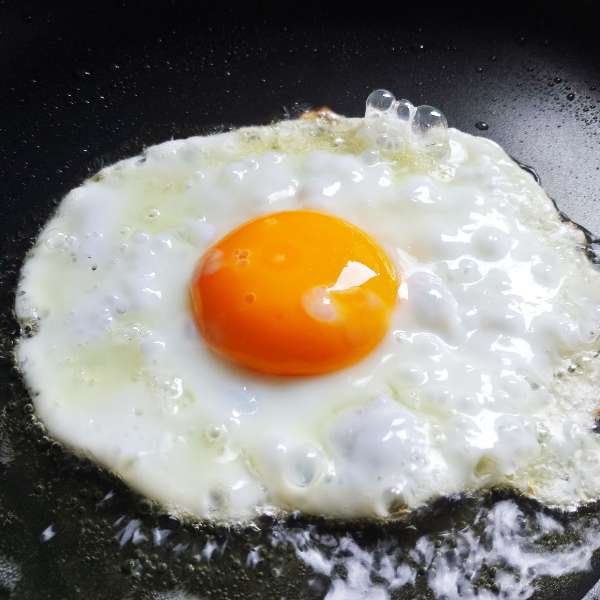
Each egg-cooking technique offers a unique texture and flavor. A sunny-side-up egg leaves the yolk exposed and runny, while over-easy cooks it just enough to solidify the edges. Scrambled eggs, though not technically fried, provide a light, fluffy texture. Think of it as different types of plants in your garden—each with its own beauty, each worth experimenting with.
How to Crack an Egg for Multiple Recipes at Once
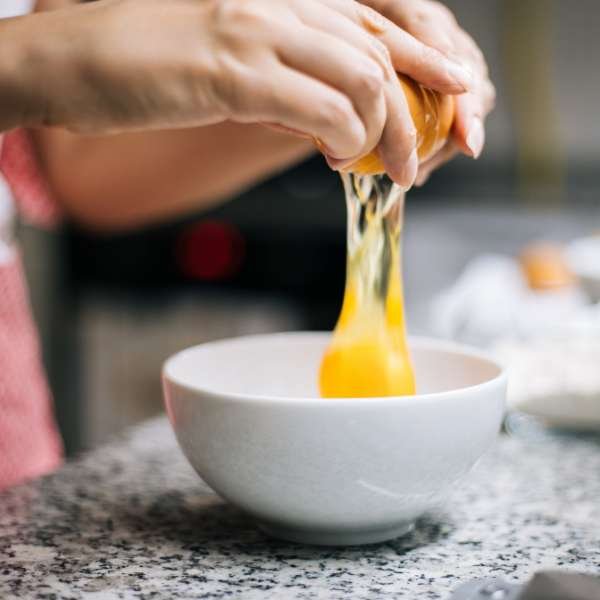
If you’re preparing multiple eggs for a recipe, consider cracking them into a bowl first. This allows you to check for freshness and remove any stray shells before the eggs hit the pan. Just like planning your garden layout before planting, this method keeps everything organized and clean.
Adding Flavors to Your Fried Egg: Herbs, Spices, and Seasonings
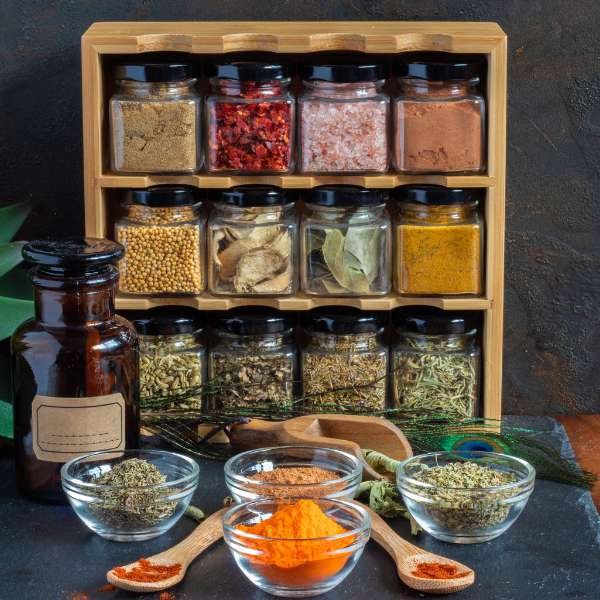
Fried eggs are a blank canvas waiting to be painted with flavor. Sprinkle on fresh herbs like thyme, chives, or parsley. Add a dash of smoked paprika for heat, or garlic salt for depth. Each seasoning is like a nutrient to your garden, enhancing the natural beauty of what’s already there.
Cleaning Up: How to Properly Care for Your Frying Pan After Cooking
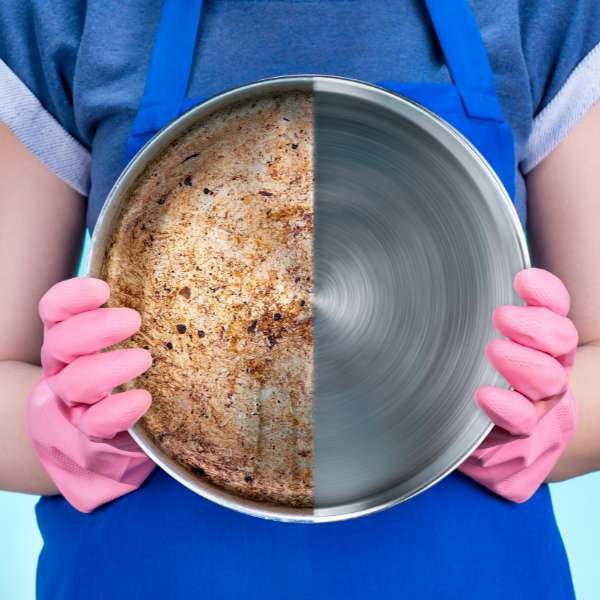
Once you’ve enjoyed your perfectly cooked egg, it’s time to clean up. Let the pan cool slightly before washing it with warm water and mild soap. Avoid harsh abrasives, especially on non-stick surfaces. Much like caring for your garden tools, proper maintenance of your pan ensures it lasts for many meals to come.
Common Mistakes When Cracking an Egg and How to Avoid Them
Pressing too hard, cracking on the wrong surface, or rushing the process—these are common mistakes when learning to crack a yolk. Take your time, practice, and remember, it’s all part of the learning process. In both cooking and gardening, patience is key.
Fun Egg-Cracking Challenges for Beginners: Try These at Home
Why not turn cracking an yolk into a game? Practice the one-handed crack and see if you can crack several eggs in a minute without breaking the yolk. These little challenges will improve your confidence and make you a pro in no time.
Egg Recipes to Try After Mastering the Crack: Expanding Your Breakfast Skills
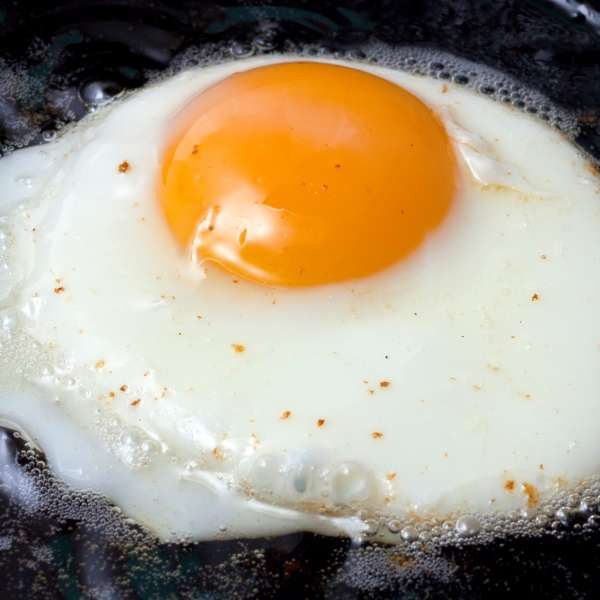
After mastering the yolk crack, try your hand at more complex recipes. Shakshuka, eggs benedict, and breakfast burritos are all fantastic options that build on your newly acquired skills. It’s like expanding your gardening skills from herbs to vegetables—each step opens new horizons.
Conclusion
Cracking an egg into a frying pan is more than just a kitchen task; it’s a small victory. With each crack, you gain confidence, control, and a sense of accomplishment. Much like watching a plant grow from seed to sprout, the simple act of cracking an yolk is the start of something delicious and satisfying. Enjoy every step of the process, and remember, perfection comes with practice.

